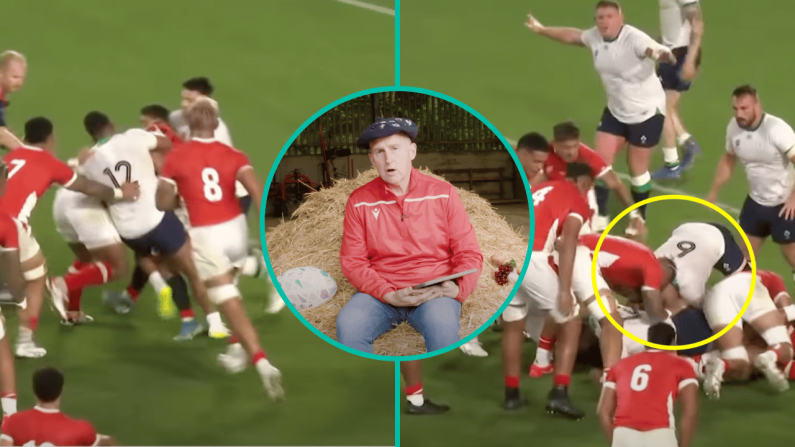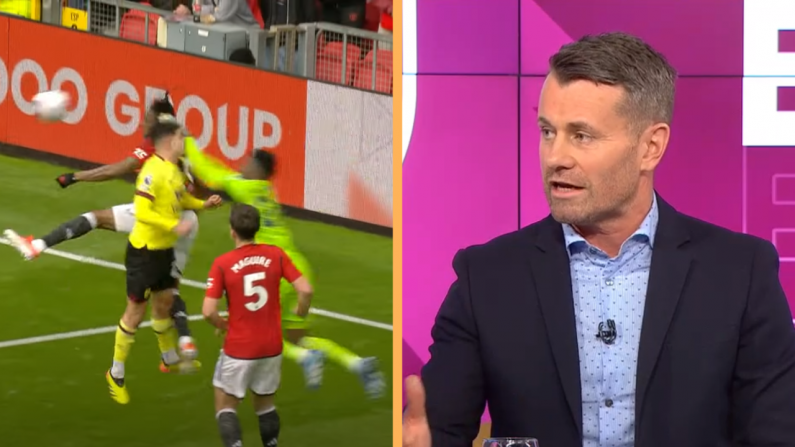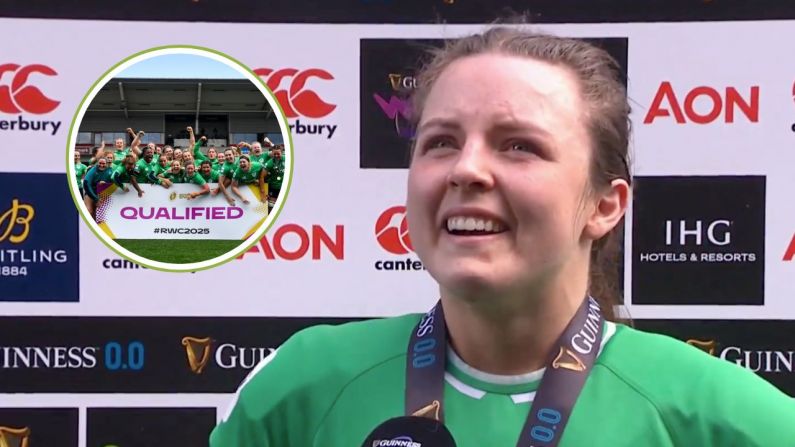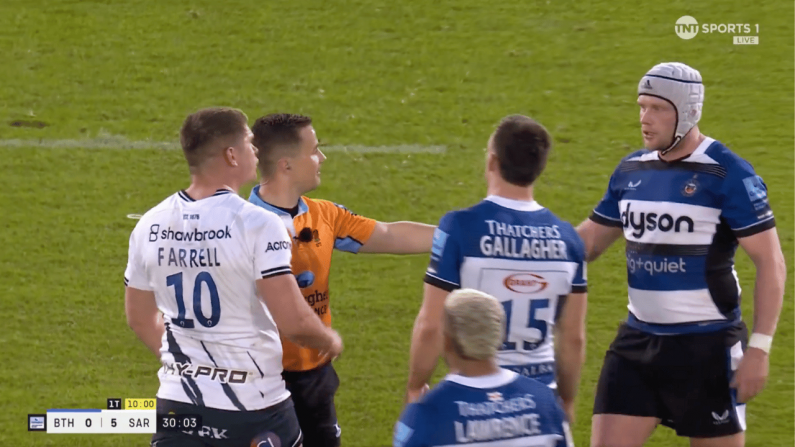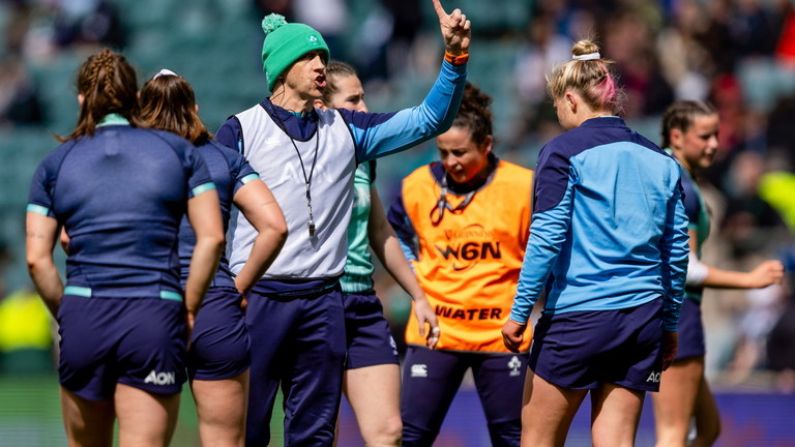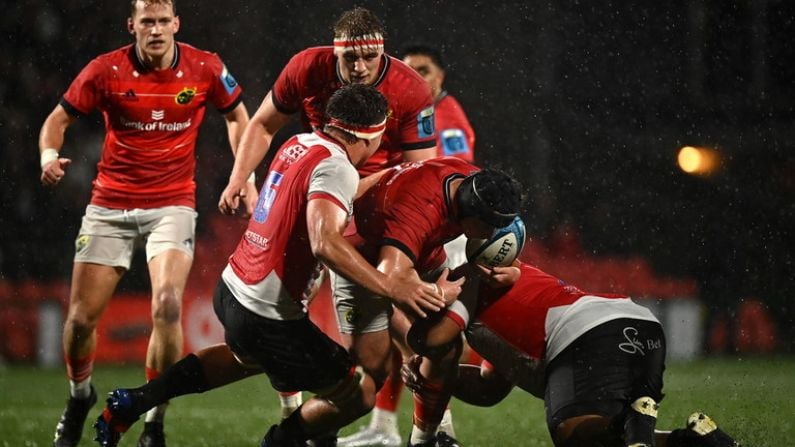While there has been no shortage of contributing factors to the success Ireland have experienced over the last couple of years, one of the most important ones has been their discipline on the pitch.
In an era where yellow and red cards are becoming increasingly common at the top level, Andy Farrell's side have bucked the trend by reducing the amount of cards they have received during this period. Remarkably, the team had not received a card of any colour for over 14 months prior to the Rugby World Cup fixture against Tonga last weekend.
Unfortunately, that run would be brought to an end during the win in Nantes. Peter O'Mahony was the man that received the card, being sent to the bin for handling the ball in a ruck as Tonga were launching an attack near the Irish line.
Nigel Owens clears up confusion surrounding Ireland yellow card
That decision seemed like a fair one, although there was some confusion at the time surrounding O'Mahony's approach.
The Ireland man made no attempt to release the ball after the tackle. However, it appears that he felt that he was entitled to go down that route. As it turns out, a subtlety in the laws of the game resulted in that mixup.
Speaking on the World Rugby YouTube channel, Nigel Owens explained how the 'confusing' definition of what defines a maul in the sport is what ultimately resulted in O'Mahony being punished on this occasion.
What happens here?
The player feels that it's a maul. If the maul is formed and it goes to ground, the player can continue to hold onto the ball, he doesn't have to roll away if a maul has gone to ground.
If it's a tackle, then you have to release and roll away. In this instance the referee feels it's a tackle and communicates 'tackle', which means Peter O'Mahony has to release and roll away. If it's a maul, he wouldn't have to do.
It's a little bit complicated this area, because technically a maul is formed when you have a ball-carrier, a teammate, and a defender. You only need three players: two from the ball-carrying side and one from the defending side on their feet around the ball.
What we don't is to referee technically and have a maul formed when we just have three players, or we will just have a stop-start game.
If it's dynamic, we have three players and it's dynamic and goes to ground, the referee will always referee this as a tackle, and quite rightly so.
To summarise, Peter O'Mahony felt that the Tonga player had been part of a maul prior to going to ground, which would have meant he was entitled to hold onto the ball. The referee felt this was not the case, despite the Ireland player technically being correct according to the rulebook.
It is a fairly confusing rule, but it is something Andy Farrell will be reminding his players of during this tournament. The last thing he needs is an Ireland man getting sent to the bin for a needless infraction in a big game.

